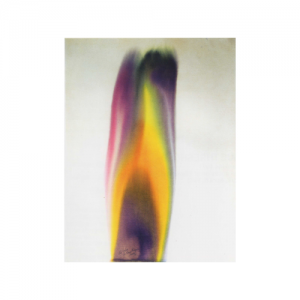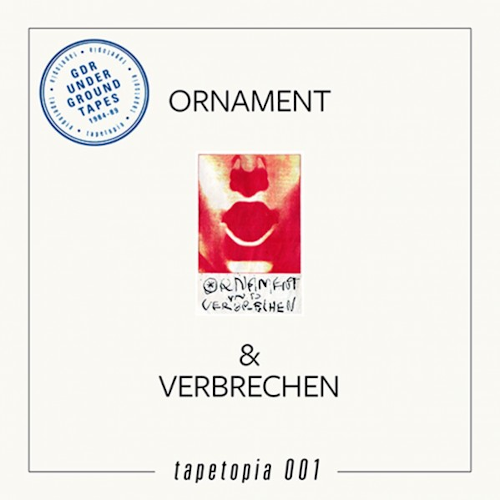 At some point it’d be nice to talk about a composer who’s a woman without reaching for the term “overlooked”. But here we are. Éliane Radigue fits that pattern well: gorgeous tonalities, sensuous, modest, quietist… disinclined to shout about herself, letting the music do the talking. She operates somewhere on an axis between musique concréte and minimalism, primarily working with Buchla synths and generally being affiliated with (men-)folk who are definitely part of university syllabi.
At some point it’d be nice to talk about a composer who’s a woman without reaching for the term “overlooked”. But here we are. Éliane Radigue fits that pattern well: gorgeous tonalities, sensuous, modest, quietist… disinclined to shout about herself, letting the music do the talking. She operates somewhere on an axis between musique concréte and minimalism, primarily working with Buchla synths and generally being affiliated with (men-)folk who are definitely part of university syllabi.
So anyway. This collection, if I’ve read the lightly allusive liner notes correctly, is four takes on Chry-Ptus, from 1971, each about twenty minutes long. The piece proceeds from some very simple parameters — two tapes, played concurrently but not necessarily in-sync, with minor variations on amplitude and location modulation. What emerges each time is something like being stuck in a haunted freezer with a skippy cuckoo clock, ticking away maniacally. Or perhaps something more like the foreboding throb of being buried under a busy motorway.
For my money, long pieces that get described as “drone” live or die by dint of detail — and here there’s plenty of that. Play loud enough and you’ll get the subtle wonk of the 1971 materials (presumably analogue tape) or the less rounded finesse of microphones in 2001. Play quietly, and it’s a lush bedding of gently shifting pulses. It’s always funny with these pieces, despite the fact of having some fairly well circumscribed descriptors — the aforementioned concréte and minimalism as found in the press blurb — Chry-Ptus doesn’t quite sit comfortably with either of those. Neither is this generic drone or ambient. To much electricity and detail, too much happening.Despite my reservations of recalling another composer merely because she’s also a woman and overlooked, I’m tempted to suggest this sits near Pauline Oliveros — it’s deeply sensual music, unhurried and unobtrusive, realising patterns without pinning them down like a geometric carpet. John Cage had a famous dictum about “letting sounds be”, but there’s an awful lot of co-ordination for him to get there; Radigue, on this evidence at least, has given her Buchla as close to autonomy as it’s possible to give a box of wires and amplifiers.
A short note on the running order too — mixing up contemporary (ish, 2001) recordings with 1970s recordings makes for a quite lovely sonic experience. I don’t doubt there’s a raft of hypnagogic states in which to have these pieces enchant the molecules of your living room. Or at least make you fall in love with your broken fridge.-Kev Nickells-



